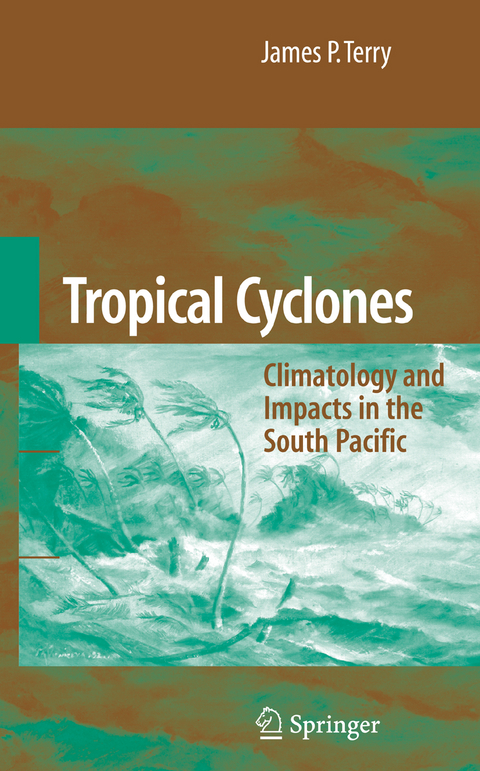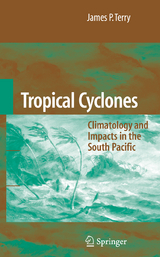Tropical Cyclones
Climatology and Impacts in the South Pacific
Seiten
2007
|
2007 ed.
Springer-Verlag New York Inc.
978-0-387-71542-1 (ISBN)
Springer-Verlag New York Inc.
978-0-387-71542-1 (ISBN)
accommodate terrestrial flooding. In consequence, although the natural vegetation may be severely damaged, tropical cyclones may have less geomorphic impact. Low coral islands, such as those that occur on atolls, have the most vulnerable physical environments of all. They are little more than unconsolidated heaps of coralline sands and gravels resting on reef foundations, and are especially prone to overtopping by storm surge and cyclone-driven waves. Associated sediment movement can produce rema- able changes – sometimes the complete obliteration of an island altogether, or on other occasions the creation of entirely new land. Island sensitivity to physical change is strongly conditioned by the degree to which the existing landscape is in dynamic equilibrium with the frequency of tropical cyclones. Walsh (1977) referred to this concept as ‘landscape eq- librium with the cyclone environment’. The idea is a simple one: a severe storm is more likely to produce catastrophic change on an island where one has not struck for a long time, since many of the geomorphic features are i- equipped to withstand the impact. In contrast, on islands where the effects of tropical cyclones have been felt more often, the contribution of an individual storm event to landscape change may be less significant. This is because the evolution of the island’s physical environment is in some degree of balance with regular climatic perturbations.
James Terry is Head of the Department of Geography at the University of the South Pacific (USP), Fiji Islands. Previous positions include Associate Professor at the Research Centre for the Pacific Islands, Kagoshima University, Japan. In addition to his lecture and research experience, Dr. Terry has served as a geographer consultant for various governmental institutions.
Tropical Cyclones in the South Pacific.- Setting the Scene.- Tropical Cyclogenesis.- Tropical Cyclone Structure.- Tropical Cyclone Structure.- Meteorological Conditions.- Future Tropical Cyclone Activity.- Impacts of Tropical Cyclones.- Coastal Geomorphology.- Slope Stability and Mass Movements.- River Hydrology and Floods.- Fluvial Geomorphology.
| Zusatzinfo | 128 Illustrations, black and white; XII, 212 p. 128 illus. |
|---|---|
| Verlagsort | New York, NY |
| Sprache | englisch |
| Maße | 155 x 235 mm |
| Themenwelt | Naturwissenschaften ► Biologie ► Ökologie / Naturschutz |
| Naturwissenschaften ► Geowissenschaften ► Geografie / Kartografie | |
| Naturwissenschaften ► Geowissenschaften ► Geologie | |
| Naturwissenschaften ► Geowissenschaften ► Hydrologie / Ozeanografie | |
| Naturwissenschaften ► Geowissenschaften ► Meteorologie / Klimatologie | |
| ISBN-10 | 0-387-71542-8 / 0387715428 |
| ISBN-13 | 978-0-387-71542-1 / 9780387715421 |
| Zustand | Neuware |
| Informationen gemäß Produktsicherheitsverordnung (GPSR) | |
| Haben Sie eine Frage zum Produkt? |
Mehr entdecken
aus dem Bereich
aus dem Bereich
Planung · Recht · Verfahren
Buch | Hardcover (2024)
Springer Vieweg (Verlag)
64,99 €
Lehrbuch zu Grundlagen, Technologie und Praxis
Buch | Hardcover (2022)
Hanser (Verlag)
34,99 €




